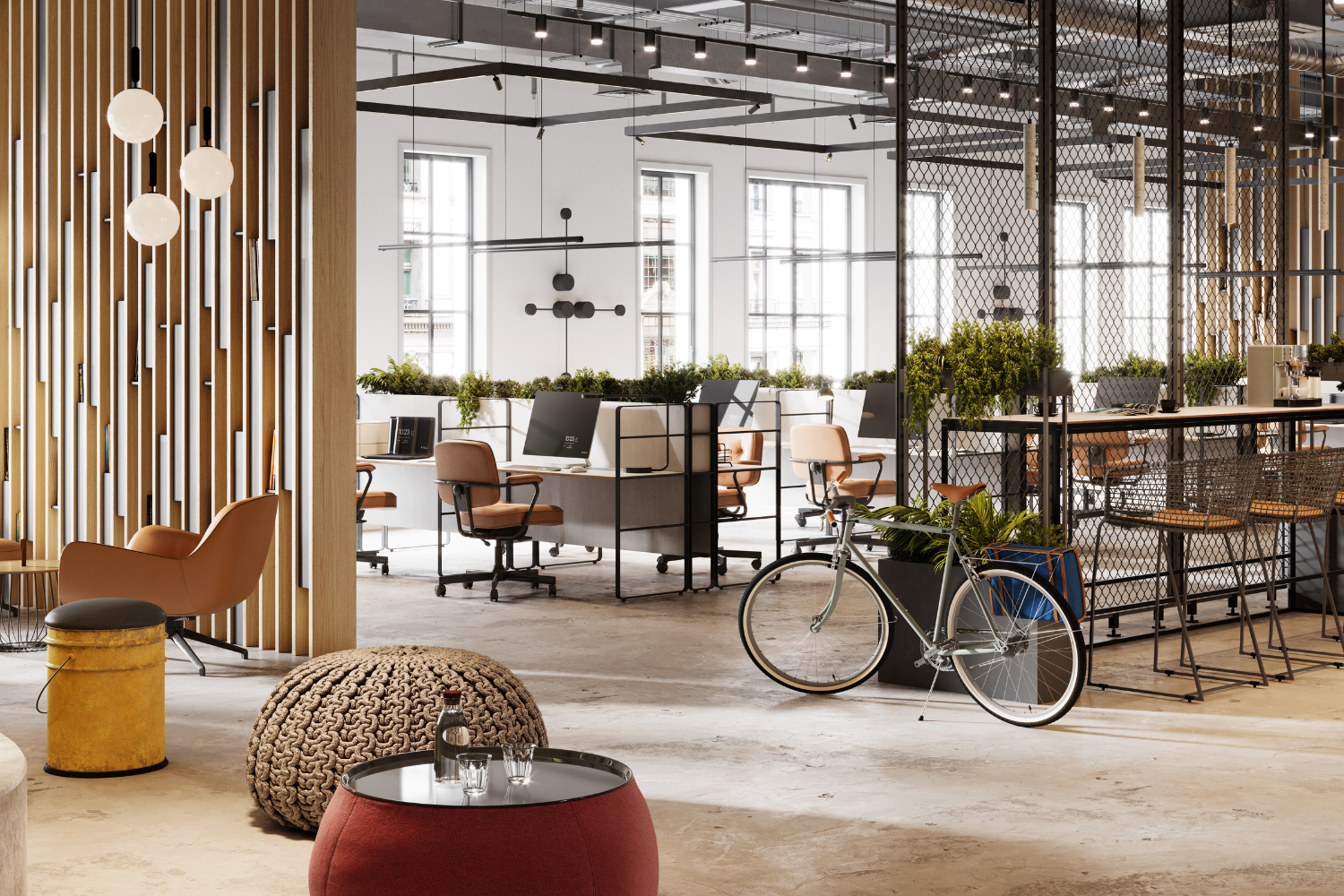Untapped potential: FM’s role in supporting a more sustainable built environment.
For an increasing number of people in the UK, one particular issue is now competing with health and wealth at the top of their personal agendas: the environment.
According to data from YouGov, when the world’s leaders gathered in Glasgow for the COP26 climate summit last autumn, the environment was listed as one of the most important concerns facing the country by 34% of the population. The only concerns to beat it were the economy (43%) and health (49%) – both of which are fully justified by the fact that we are living through the uncertain time of a global pandemic.
This research underlines our growing awareness around environmental concerns and the significance that is now rightly placed on our responsibility to protect the planet by reducing our carbon footprint and introducing more sustainable ways of living and working – something the UK government will be driving with its ambitious target to reduce emissions by 78% by 2035 (when measured against 1990 levels).
Within the facilities management sector, evidence of this environmental shift can be seen in the results of the latest Sustainability Survey from the Institute of Workplace and Facilities Management (IWFM). Of more than 310 workplace and facilities management professionals who responded to the survey, 95% believed that sustainability was important or very important to their organisation.
Action instead of words
However, the report also highlighted a ‘worrying gap’ between this positive intent and the specific targets and action plans that companies have in place to deliver real-world results. The implication being that businesses might no longer be questioning the importance of taking action to ease their impact on the environment, but they are likely to be grappling with the question of how they go about it.
To date, the approach taken by many can be generalised as tactical, focusing on improving isolated elements of internal operations or external activities through the lens of reduce, reuse or recycle. This might manifest itself in the form of initiatives to optimise power consumption, procure eco-friendly cleaning products or reduce water waste, for example.
Such measures can have real value, particularly when they form part of a genuine company-wide commitment to improving environmental performance and they are backed up by accreditation to standards such as ISO14001.
Greenwashing
In the context of a procurement landscape where clients are placing an increasing emphasis on their suppliers’ sustainability credentials, it is right to delve beneath the surface. In a worst-case scenario, the urgent requirement to be seen as green means that actions and achievements are actually examples of ‘greenwashing’ – symbolic gestures that might sound impressive but are, in fact, motivated more by commercial gain than a genuine drive to reduce a company’s overall impact on the environment through the introduction of higher and more robust standards in sustainability. Client organisations are right, therefore, to inspect the language, detail, and evidence behind any claims.
There is also an argument that any tactical efforts should be backed up with a big picture strategy if the facilities management sector is to truly deliver its green promise. Tackling the direct impact that our own companies have on the environment – known as Scope 1 – is the starting point, but we must also think about the indirect emissions from the energy we consume (Scope 2), as well as the many other indirect emissions from associated activities in the supply chain, both upstream and downstream (Scope 3).
Within the wider built environment landscape, where energy consumption is estimated to be responsible for around 40% of global carbon emissions, FM companies have the potential to wield huge influence.
Indeed, a review of commercial facilities conducted in the US found that FM-related activities could affect up to 89% of a building’s energy consumption, both in terms of its design and development, and also its operational use. This relies on the knowledge and skills of FM specialists being introduced earlier in the building design process, greater appreciation of the overall lifecycle of buildings and their use, and recognition of the importance of user behaviour on resource consumption.
No quick fix
Clearly, this scenario does not represent a quick fix. Rather, it shows the importance of collaboration between stakeholders in the built environment, and it underlines the importance of adopting a strategic approach – as individual organisations and as a sector.
In these relatively early days of FM’s environmental journey, anyone successfully implementing measures to improve sustainability, however small, should win praise for making a difference. But it is when we match our positive intent with appropriate, effective and concerted action – when tactics form part of a co-ordinated plan and a coherent strategy – that we have the chance to deliver real change.
Contact us at transform@pyndar.uk to find out more about our approach and how we work with businesses like yours.
Trends & Insights
The strategic imperative of overcoming SME sustainability challenges
Organisations of all sizes have an important role to play in tackling climate change. However, with small and medium-sized en ... Read more
Where Artificial Intelligence ends: The ongoing need for human expertise in facilities management
Artificial Intelligence (AI) continues to redefine operational efficiencies across the built environment. Intelligent systems ... Read more
Collaborating for a greener future: Achieving sustainability goals through effective waste management
An increasingly hot topic, addressing environmental obligations and targets has surged in significance within boardrooms and ... Read more



